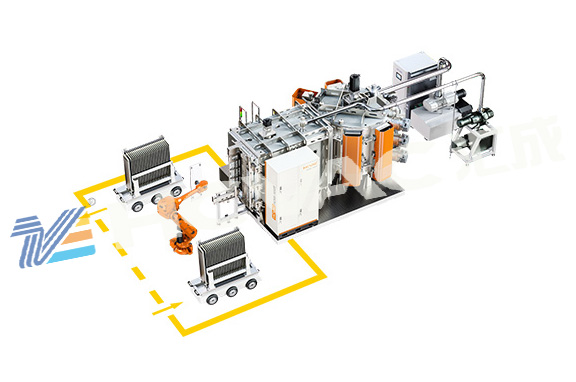The following is an introduction to the antireflection film coating technology of
pvd coating machine organic lenses
1) Preparation before coating
The lens must be pre-cleaned before being coated by the pvd coating machine, which is very demanding and reaches the molecular level. Various cleaning fluids are placed in the cleaning tank, and ultrasonic waves are used to enhance the cleaning effect. When the lens is cleaned, it is put into the vacuum chamber. Special attention should be paid to avoid dust and garbage in the air and then adhere to the surface of the lens. The final cleaning is in the vacuum chamber, and special attention should be paid to avoid dust and garbage in the air to adhere to the surface of the lens. The final cleaning is carried out before plating in the vacuum chamber, where an ion gun is placed to bombard the surface of the lens (e.g. with argon ions), and the antireflection film is coated after this cleaning process is completed.

2) Vacuum coating
The vacuum evaporation process of the
pvd coating machine can ensure that the pure coating material is plated on the surface of the tempered glass lens, and the chemical composition of the coating material can be tightly controlled during the evaporation process. The vacuum evaporation process can accurately control the thickness of the film layer, and the accuracy is reached.
3) Fastness of the film layer
For the lens, the fastness of the film layer is crucial and is an important quality indicator of the lens. The quality index of the lens includes anti-wear, anti-culture, anti-temperature difference and so on. Therefore, there are now many targeted physical and chemical test methods, under the conditions of simulating the use of the mirror, the vacuum coating machine to test the film fastness quality of the coated lens. These test methods include: salt water test, steam test, deionized water test, steel wool friction test, dissolution test, adhesion test, temperature difference test and humidity test, etc.



